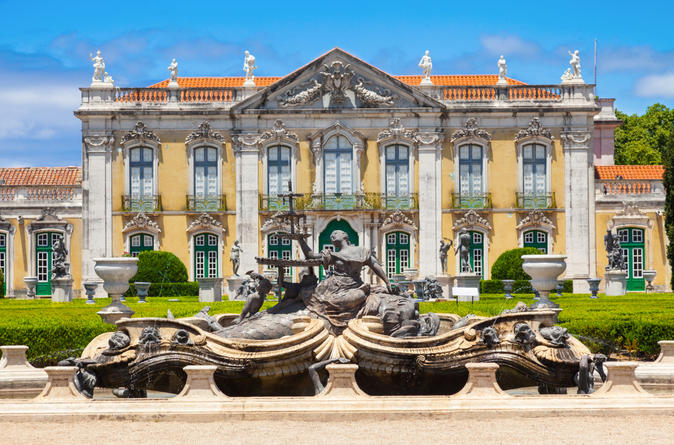Ever since the construction of the first stations in the 1950s, it has been the Lisbon Metro’s goal to make the underground environment more and more friendly to the user.
It has been called "an underground gallery", with many of its stations decorated by modern artists. The most outstanding is the red line, with spacious stations covered in tile panels with contemporary designs. Other stops feature sculptures and quotes by famous authors and philosophers.
It has been called "an underground gallery", with many of its stations decorated by modern artists. The most outstanding is the red line, with spacious stations covered in tile panels with contemporary designs. Other stops feature sculptures and quotes by famous authors and philosophers.







